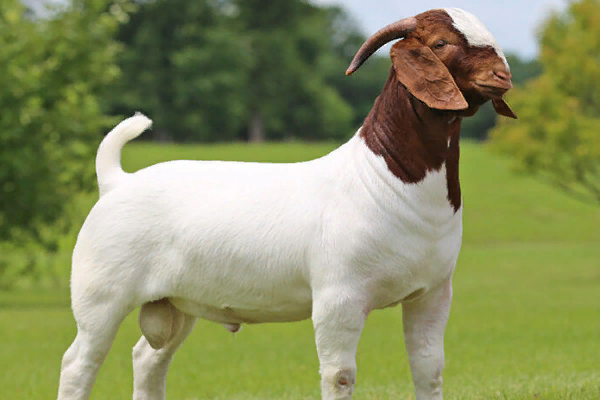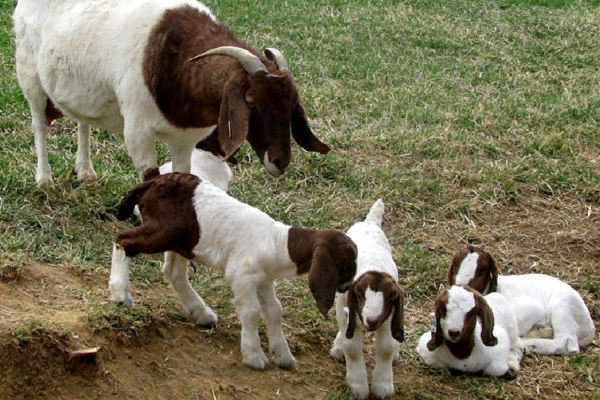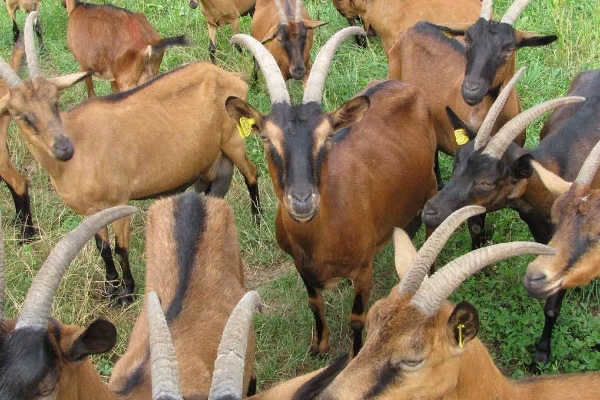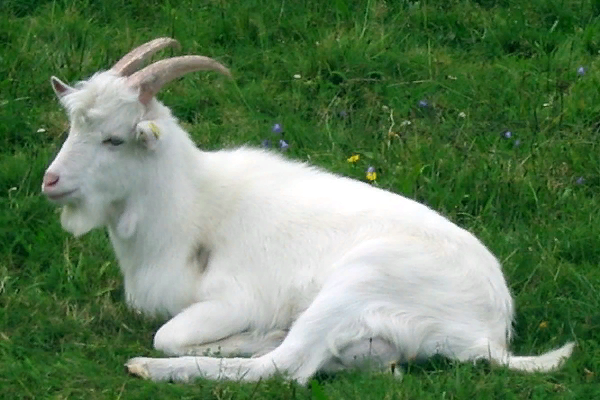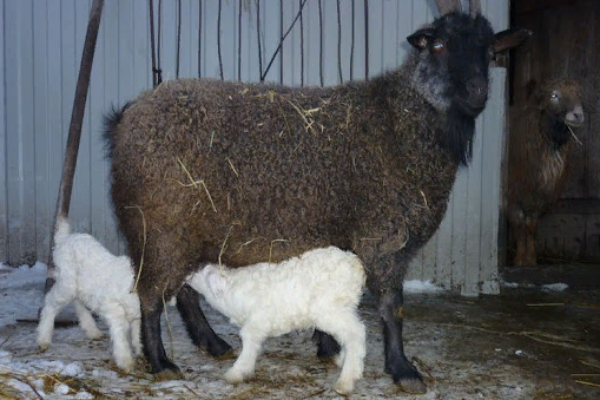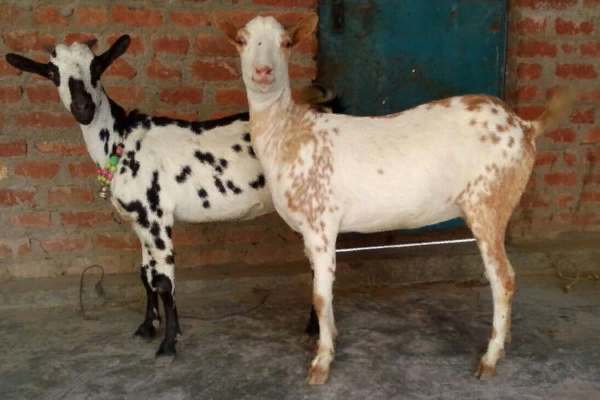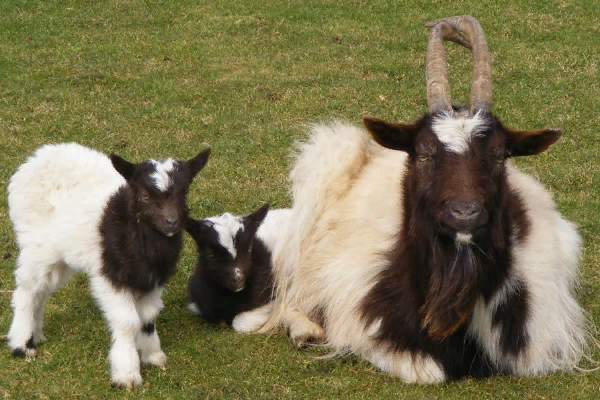Boer Goat
What Is The History Of Boer Goat Breed?
The Boer goat is a breed of goat that was developed in South Africa in the early 1900s for meat production. The name derives from the Afrikaans (Dutch) word "boer", meaning farmer.
Boer goats were bred by Afrikaner farmers who crossed various European and Indian breeds with breeds raised by Bantu and Khoekhoe people. Due to selective breeding and improvement, the Boer goat has a fast growth rate and excellent carcass qualities, making it one of the most popular breeds of meat goat in the world.
In 1959, breeders in what is now Eastern Cape province founded the South African Boer Goat Breeders’ Association. Since 1970 the Boer goat has been incorporated into the National Mutton Sheep and Goat Performance Testing Scheme making it the first goat breed involved in meat production performance testing.
The Boer goat is a popular breed for showing. Boers were first imported into the United States about 1994 from Australia and New Zealand. Millions of Boer goats are raised across southern Africa as well as in Australia and New Zealand, the United States and Canada, the United Kingdom, and elsewhere.
What Are The Characteristics Of Boer Goat Breed?
Boer goats are large, stocky animals with a white body and a brown head, brown eyes, lop (downward-hanging) ears, backward-curving horns, and strong, well-placed legs. The average wither height is reported to be 78 cm.
Boers are docile by nature, despite their size, and graze well. The Boer goats thrive in all climatic regions of South Africa including the Mediterranean climate, the tropical and sub-tropical bush, semi-desert regions of the Karoo, and the great Kalahari. Boer goats have a high resistance to disease. They are hardy, grazing on a wide variety of plants, and in a variety of conditions, they have low water turnover rates and low internal parasite infestation.
A kidding rate of 200% is common for this breed. Puberty is reached early, usually about 6 months for the males and 10-12 months for the females. Boer does is renowned for kidding as often as two times in three years, frequently bearing twins and sometimes triplets.
Boer goats are in high demand because they grow fast and produce desirable carcasses. Breeding animals have been very expensive due to the limited numbers originally imported, but recent numbers have increased sufficiently that prices have become more reasonable. Performance records for this breed indicate exceptional individuals are capable of average daily gains over 200 g/day in the feedlot. More standard performance would be 150-170 g/day. Boer goats offer a carcass that is generally lean with low cholesterol and this has resulted in the growing demand from the health-conscious human populations in Europe and other developed countries. The dressing percentage is good, ranging from 40.3 at 10 kg live weight to 52.4% at 41 kg live weight. Low percentage Boer females make excellent dual-purpose meat/milk animals.

What Is The Weight Of Boer Goat?
Adult males often reach 160 kg (350 pounds), and females can weigh as much as 110 kg (about 250 pounds).
References
1. https://www.britishgoatsociety.com
2. https://www.fondazioneslowfood.com
3. https://www.britannica.com
4. http://afs.okstate.edu
5. http://agtr.ilri.cgiar.org

Written by
Marina Uskova
BreedsMore
IllnessesMore
Forage cropsMore
![]() Патологическая физиология голодания Arina TARAN
Патологическая физиология голодания Arina TARAN![]() Дефицит фосфора (гипофосфатемия) Hipofosfatemi Arina TARAN
Дефицит фосфора (гипофосфатемия) Hipofosfatemi Arina TARAN![]() Какие бывают кормораздатчики для ферм КРС? Irina Makarova
Какие бывают кормораздатчики для ферм КРС? Irina Makarova![]() Кормушки для овец Diana Myakisheva
Кормушки для овец Diana Myakisheva![]() Питание домашних коз: что едят, виды корма и правила кормления Alina Arslantürk
Питание домашних коз: что едят, виды корма и правила кормления Alina Arslantürk![]() Важность минералов питании сельскохозяйственных животных Irina Makarova
Важность минералов питании сельскохозяйственных животных Irina Makarova

